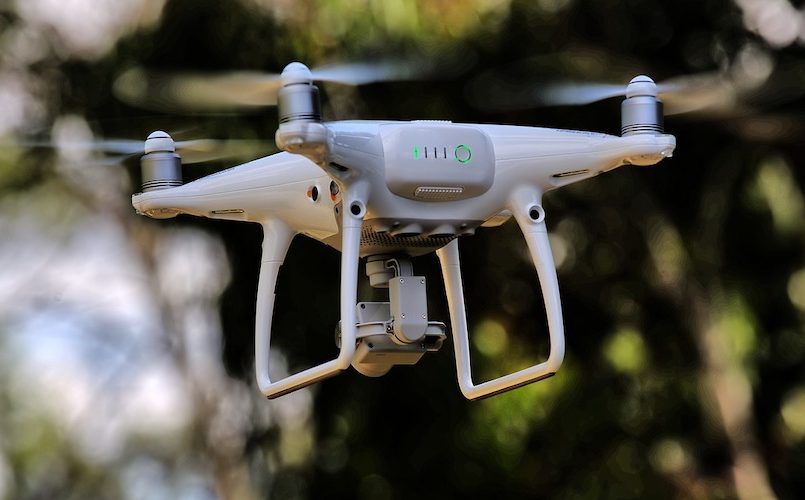Introduction
The Civil Aviation Authority of Malaysia (CAAM) is set to introduce a new drone management system, the Unmanned Aerial System Traffic Management (UAS TM), in the third quarter of 2025. This move is expected to bring significant benefits to the Malaysian economy by reducing red tape and providing regulatory clarity for the drone industry.
Table of Contents
- Introduction
- Regulatory Clarity and Reduced Red Tape
- Paving the Way for Drone-Related Businesses
- Streamlining the Approval Process
- Ensuring Smooth Implementation
- Interoperability and Cybersecurity Considerations
- Enforcement for Compliance
- Conclusion
Regulatory Clarity and Reduced Red Tape
According to the Malaysian UAV Alliance Association (MUVA), the UAS TM will “provide a standardised approach to drone operations, making it easier for operators to comply with regulations.” This will pave the way for the growth of drone-related businesses, such as delivery services and infrastructure inspection, which are increasingly being used in various sectors, including agriculture, construction, and security.

Paving the Way for Drone-Related Businesses
Drones are becoming increasingly popular for industrial purposes, and the UAS TM is expected to facilitate their broader adoption by improving the user experience and encouraging compliance with regulations.
Streamlining the Approval Process
Currently, obtaining approvals for drone operations can be a lengthy and complicated process, taking up to 14 days. The UAS TM will simplify and automate the approval processes, leading to faster processing and more efficient operations for drone operators.
Ensuring Smooth Implementation
While the introduction of the UAS TM is welcomed, the key to its success lies in its implementation. Overcoming technical challenges, such as ensuring reliable communication between drones and the system’s infrastructure and managing the airspace in real-time, will be crucial. Sufficient investment and funding will also be necessary to ensure the system’s sustainability and effectiveness.
Interoperability and Cybersecurity Considerations
Interoperability with international air traffic management systems, especially in cross-border operations, must be considered. Additionally, the system’s cybersecurity robustness is crucial, as it could be vulnerable to cyberattacks.
Enforcement for Compliance
Enforcement will be critical in ensuring compliance with the UAS TM. By holding drone operators accountable for breaches, the system will establish a standard of safety and operational discipline, encouraging adherence.
Conclusion
The introduction of CAAM’s new drone management system, the UAS TM, has the potential to be a boon to the Malaysian economy. By reducing red tape, providing regulatory clarity, and streamlining the approval process, the system can pave the way for the growth of drone-related businesses. However, the success of the UAS TM will depend on its smooth implementation, interoperability, cybersecurity, and effective enforcement.
Indra Rosli
Managing Director Aerofleye Sdn Bhd
Deputy Secretary MUVA
SME UTM System
RCoC-B Pilot



Recent Comments